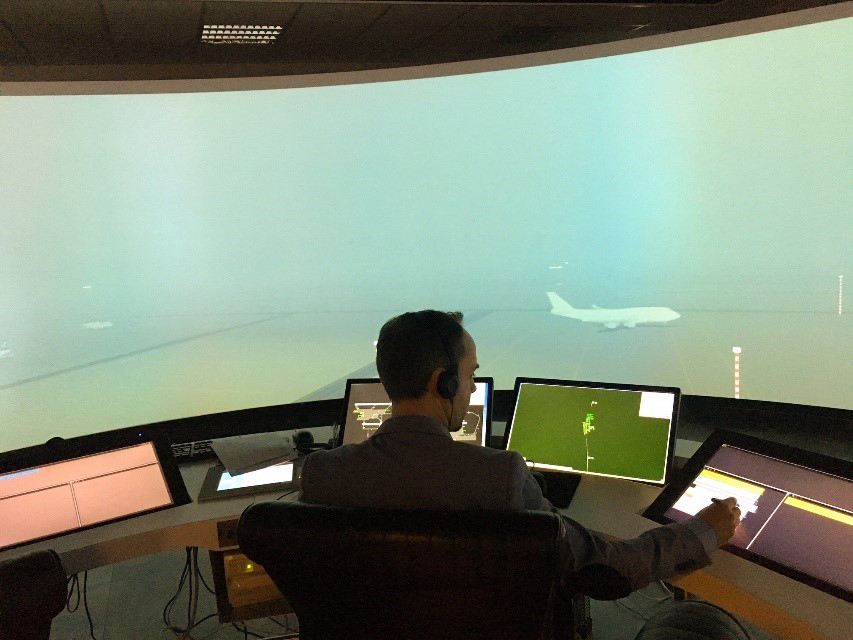RELIABLE SURFACE GUIDANCE WHATEVER THE WEATHER
This Solution was formerly part of PJ.03a-01-W1
Low visibility conditions call for enhanced safety measures to maintain throughput levels safely at busy airports. This candidate solution builds on the virtual block control solution developed in SESAR 1 through the use of real stop bars and virtual stop bars appropriately placed in the manoeuvring and movement areas, for example at busy crossing points. It enables the ground controller to reduce the size of control blocks while ensuring a safe longitudinal spacing is guaranteed between taxiing aircraft or taxiing aircraft and vehicles in low visibility conditions (when ATC is in charge of providing a safe longitudinal spacing among taxiing traffic). The application D-VBC contributes to smoother and more predictable traffic flow during low visibility conditions.
The candidate solution relies on an A-SMGCS surveillance solution as well as taxiway routing and route monitoring. Tower controllers select the clearance limit at a virtual stop bar position for an aircraft under control and communicate the clearance via radio, or optionally via datalink (D-TAXI) enabling the D-TAXI route to be displayed in the cockpit. The assigned VSB position and the guidance information become active when cleared by the controller. The candidate solution also looks a fully dynamic virtual block control (FD-VBC) where dynamic VSB positions that can be assigned more or less arbitrarily.
BENEFITS
Enhanced safety
Improved predictability
Improved human performance

